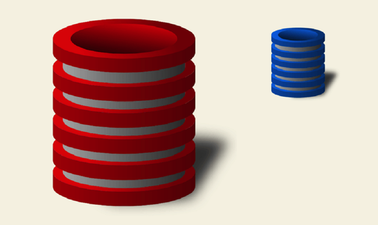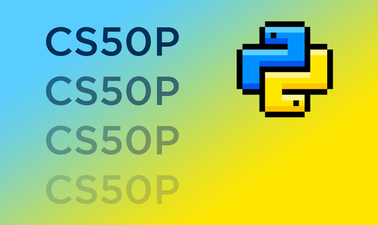Description
This course is one of five self-paced courses on the topic of Databases, originating as one of Stanford’s three inaugural massive open online courses released in the fall of 2011. The original “Databases” courses are now all available on edx.org.
This course provides an introduction to relational databases and comprehensive coverage of SQL, the long-accepted standard query language for relational database systems.
Databases: Advanced Topics in SQL and Databases: OLAP and Recursion are follow-on courses to this course and can be taken in either order. Advanced Topics is a broad and practical course covering indexes, transactions, constraints, triggers, views, and authorization, while OLAP and Recursion is recommended for learners with specific interest in these topics.
What you’ll learn
Stanford’s online offering in Databases is now available as a set of five self-paced courses:
Databases: Relational Databases and SQL
- Introduction to the relational model and concepts in relational databases and relational database management systems
- Comprehensive coverage of SQL, the long-accepted standard query language for relational database management systems
Databases: Advanced Topics in SQL (prerequisite: Relational Databases and SQL)
- Creating indexes for increased query performance
- Using transactions for concurrency control and failure recovery
Database constraints: key, referential integrity, and “check” constraints
- Database triggers
- How views are created, used, and updated in relational databases
- Authorization in relational databases
Databases: OLAP and Recursion
- Star schemas, the data cube concept, and On-Line Analytical Processing (OLAP) features in relational databases including the Cube and Rollup operators
- The SQL standard for queries over recursively-defined relations
Databases: Modeling and Theory
- Relational algebra – the algebraic query language that provides the formal foundations of SQL
- Dependency theory and normal forms in relational databases as the basis of schema design
- The data-modeling component of the Unified Modeling Language (UML), how UML diagrams are translated to relations
Databases: Semistructured Data
- The XML model for semistructured and self-describing data, including DTDs and some features of XML Schema
- The JSON model for human-readable structured or semistructured data
- The XPath language for processing XML data, and many features of the more advanced XQuery language
- An introduction to the XSLT rule-based language for querying and transforming XML data






